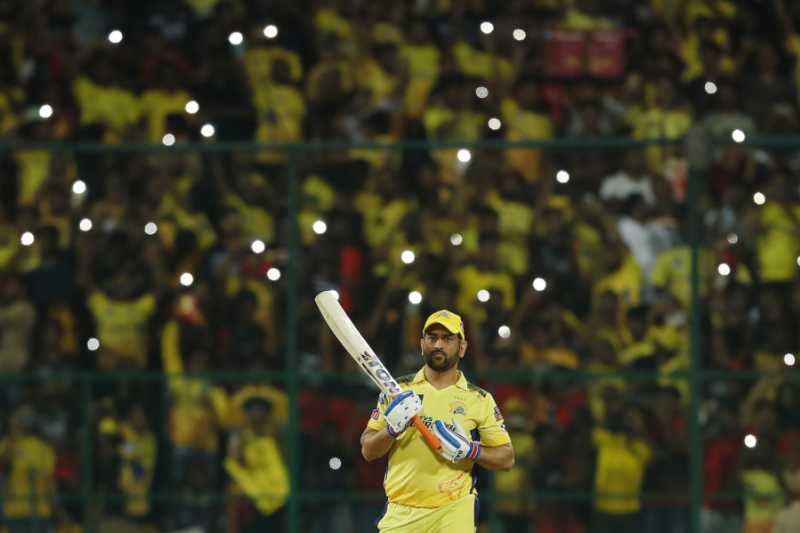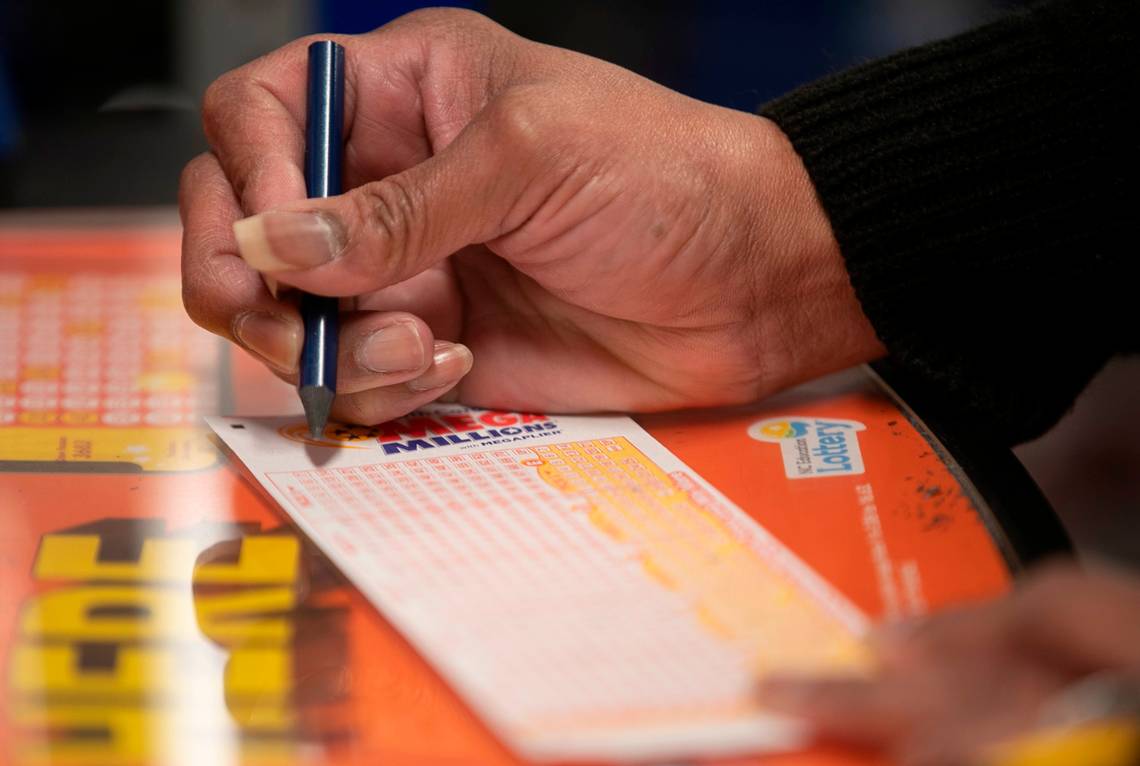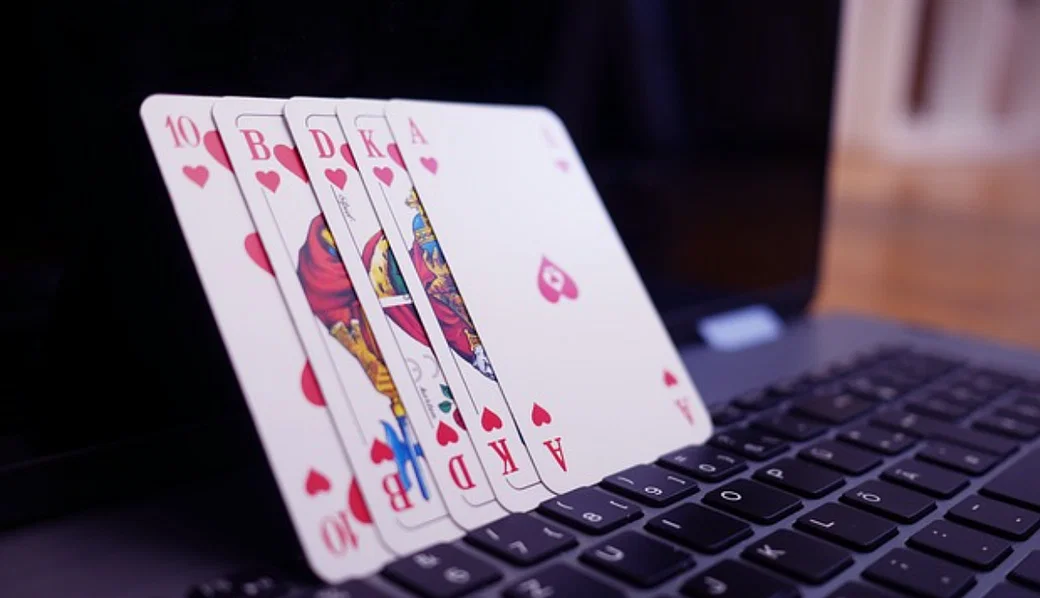Blackjack: Beating the Odds with 21
Blackjack, also known as “21,” is one of the most popular and widely played casino table games worldwide. The game’s allure lies in its perfect blend of skill, strategy, and a bit of luck. The objective of Blackjack is simple: players compete against the dealer to reach a hand value of 21 or as close to it as possible without exceeding it.
The Basics of Blackjack:
At the start of each round, players receive two face-up cards, while the dealer receives one face-up card and one face-down card (the hole card). The numerical value of cards 2 through 10 corresponds to their face value, while face cards (Jack, Queen, King) are worth 10 points each. The Ace can be counted as either 1 or 11, depending on which value benefits the player’s hand the most.
Playing the Game:
After receiving their initial two cards, players have several options to enhance their hand:
- Hit: Request additional cards from the dealer to improve the hand’s value.
- Stand: Decline any more cards and stick with the current hand value.
- Double Down: Double the initial bet and receive one more card, commonly done when a player’s hand value is 9, 10, or 11.
- Split: If the player’s first two cards have the same value, they can split them into two separate hands and play each one independently.
- Surrender: Some casinos offer the option to surrender, allowing players to forfeit their hand and recoup half of their bet.
Beating the Odds:
Unlike most casino games, Blackjack allows players to make strategic decisions that can significantly impact the outcome. By using basic Blackjack strategy, players can reduce the house edge and increase their chances of winning.
For example, one of the fundamental strategies is to hit until your hand value is 17 or higher if the dealer’s face-up card is 7 or higher. On the other hand, if the dealer’s face-up card is 6 or lower, it’s usually better to stand on a hand value of 12 or higher to avoid busting.
Card Counting:
Advanced players often employ card counting techniques to gain an edge over the casino. Card counting involves keeping track of the cards that have been dealt to determine the ratio of high cards (10s, face cards, and Aces) to low cards (2-6). When the remaining deck is rich in high cards, the player has a higher probability of being dealt a natural Blackjack (an Ace and a 10-value card), which pays out at a higher rate.
It’s important to note that while card counting is legal, casinos frown upon it, and skilled card counters may be asked to leave the premises.

